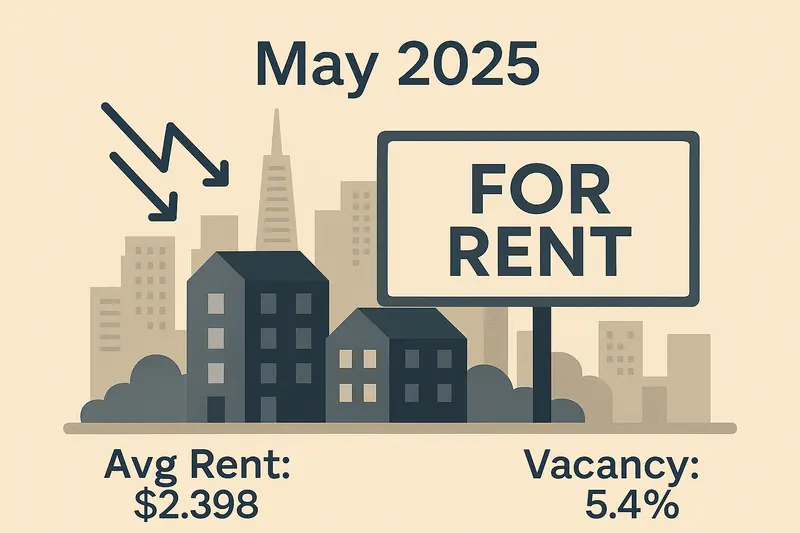What Influences Mortgage Interest Rates in the U.S. Housing Market?
Question
Answer
Mortgage interest rates in the U.S. fluctuate based on a mix of economic, market, and borrower-specific factors. These rates determine your monthly payment and can vary daily—even hourly—so understanding what drives them helps you lock in the best deal.
Key factors that determine mortgage interest rates include:
- Benchmark Rates: Lenders tie their rates to long‑term bond yields, especially the 10‑year U.S. Treasury note. When Treasury yields rise, mortgage rates generally follow suit.
- Federal Reserve Policy: Although the Fed doesn’t set mortgage rates directly, its actions on the federal funds rate influence short‑term borrowing costs and investor sentiment across fixed‑income markets.
- Inflation Expectations: Lenders demand higher rates when inflation is rising to protect their purchasing power. Major inflation readings—like the Consumer Price Index (CPI)—play a role.
- Mortgage-Backed Securities (MBS): Banks bundle home loans into MBS and sell them to investors. Strong demand for MBS can push rates lower; weak demand can drive rates higher.
- Lender Operating Costs & Profit Margins: Each lender adjusts rates to cover administrative costs, staffing, loan processing, and a target profit margin.
- Loan Type & Term: Adjustable‑rate mortgages (ARMs) typically start lower than 30‑year fixed rates but can rise later. Shorter terms (15‑year vs. 30‑year) almost always carry lower rates.
- Borrower Profile: Your credit score, debt-to-income ratio, down payment size, and employment history all influence the rate you’re offered. Better credit and larger down payments translate to lower rates.
- Market Competition: Local and national competition among banks, credit unions, and online lenders can affect the spread they charge over benchmark yields.
Because mortgage rates move with economic data and market sentiment, prospective buyers are recommended to monitor daily rate quotes from multiple lenders. You can find aggregated rate trends on sites like Freddie Mac’s Primary Mortgage Market Survey or through the Federal Reserve’s weekly release.
Before locking in a rate, it’s advisable to compare offers from at least three lenders, verify all fees and points, and consult with a licensed mortgage professional to understand the trade‑offs between rate, loan term, and overall costs.


